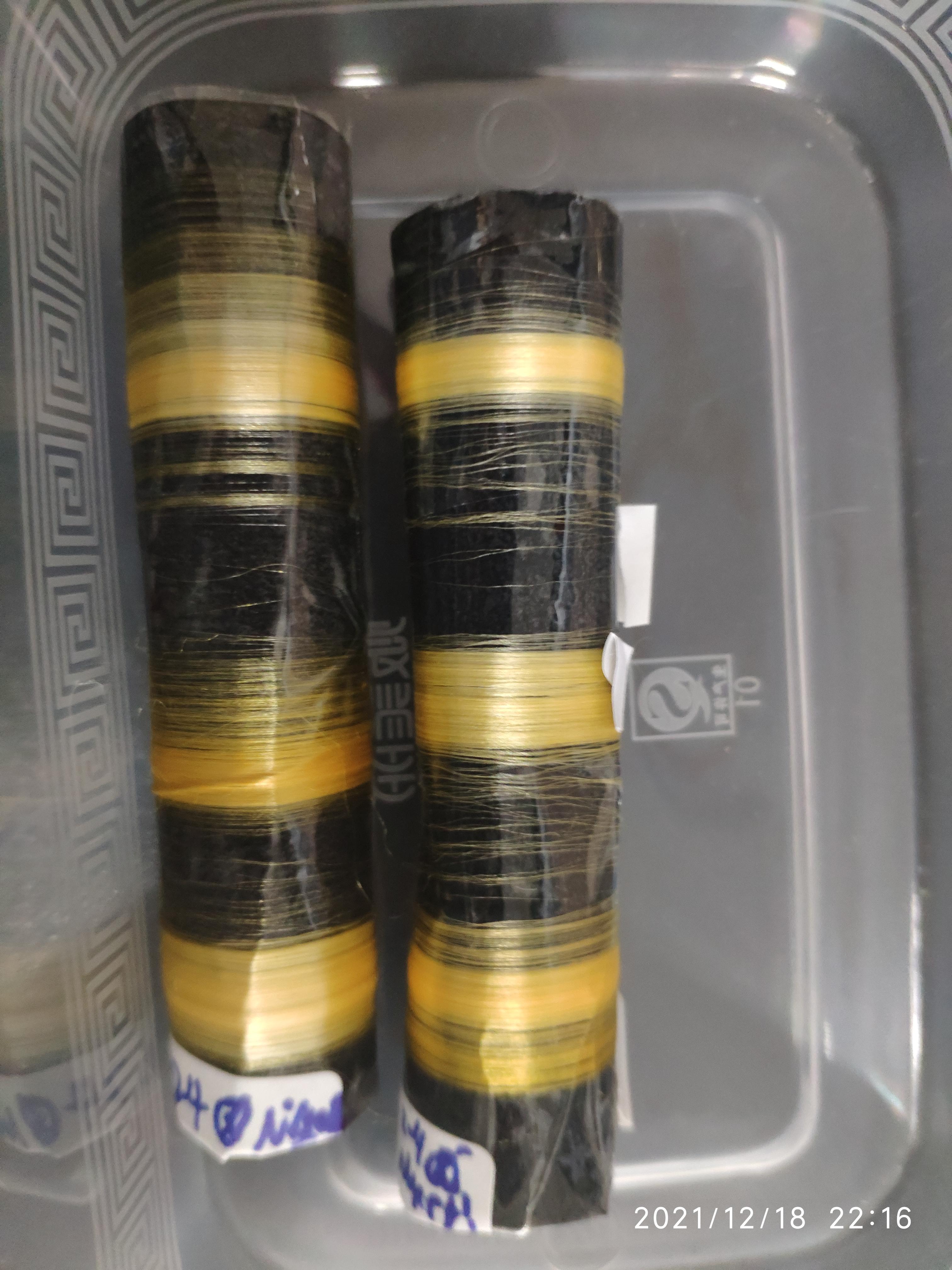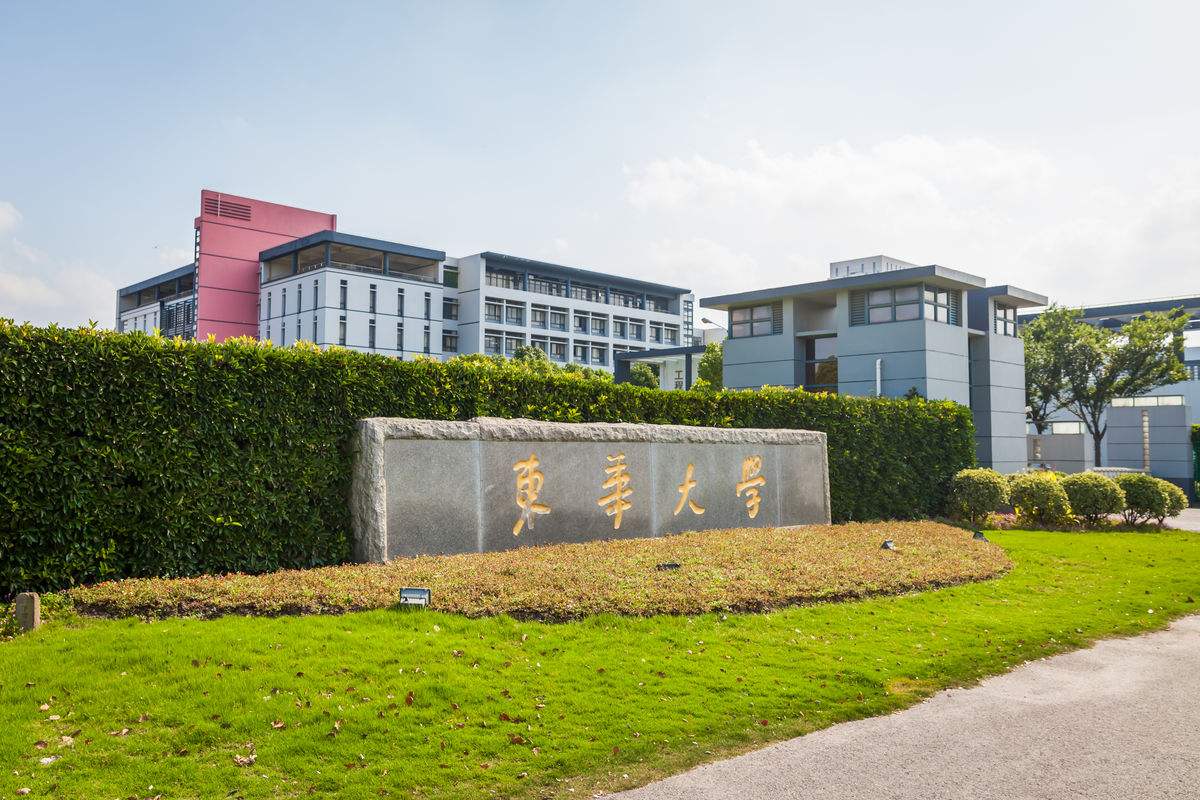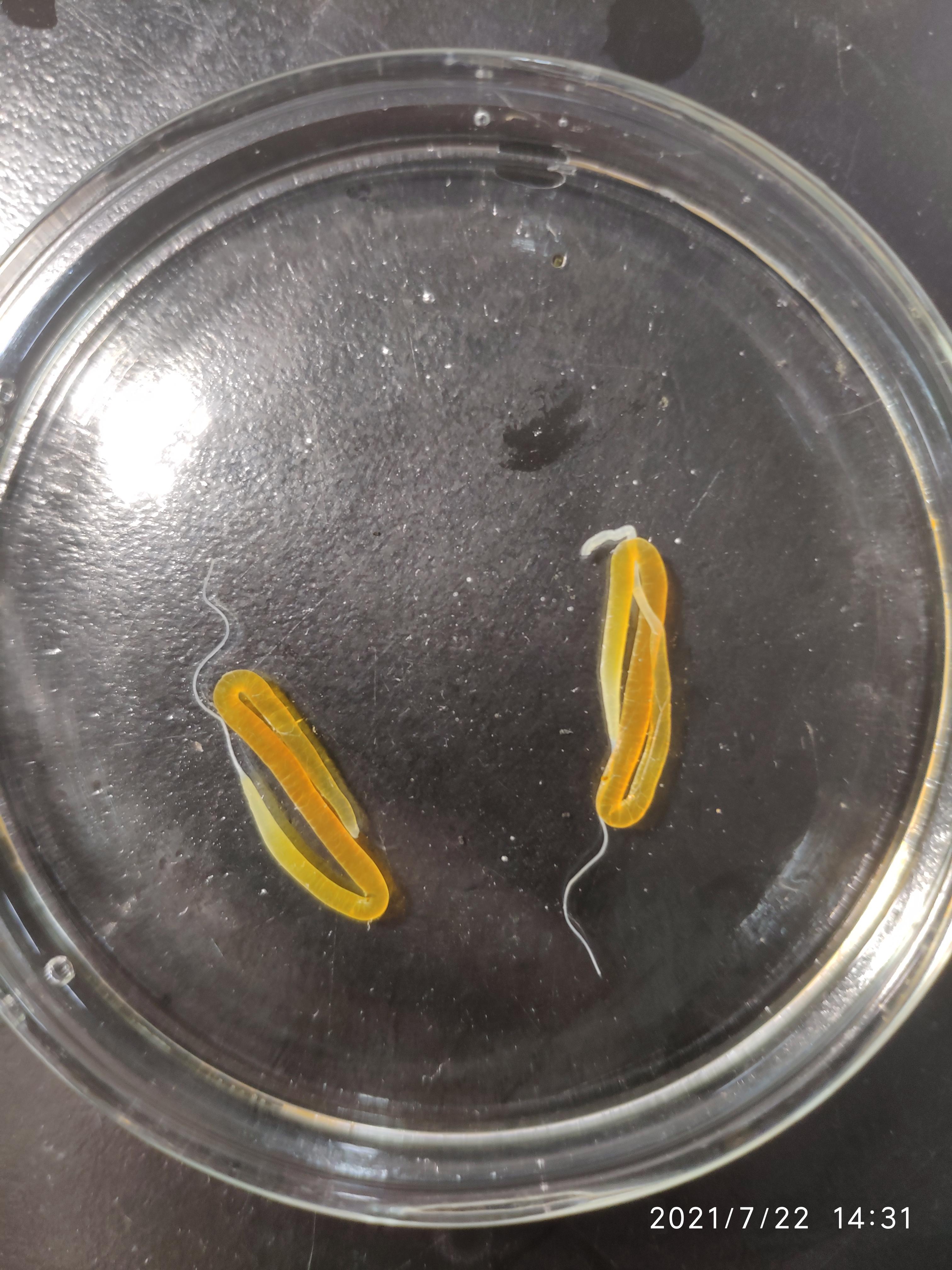
·Created two new theories, defining the nature of material strength and material toughness for the first time, and is expected to guide the design and improvement of a large number of high-performance materials. can serve as guiding principles for designing materials capable of building space elevators.
·The world's first complete and full-length spider silk protein fiber. Contribute to large-scale commercialization of spider silk.

Spider silk protein fibers produced by genetically modified silkworms.
"The Stone Age, the Bronze Age, the Iron Age... the entire history of human civilization can almost be divided and named by materials." On September 20, a doctoral candidate at the School of Biological and Medical Engineering of Donghua University in Songjiang District, Shanghai, thesis No. One author, Mi Junpeng, told The Paper.
How to design a super material with both high strength and high toughness? For example, to build a space elevator?
Mi Junpeng said that people previously thought that “you can’t have your cake and eat it too.” But in his latest paper, he explored and defined the "essence" of material strength and material toughness for the first time, and created two new theories - INCBED theory and ASM INCBED theory. The former is called "intermolecular non-covalent bond energy density theory" and is used to describe the nature of material strength. The latter is called the "average single-molecule non-covalent bond energy density theory" and is used to describe the nature of material toughness. This research result is expected to guide the design and improvement of a large number of high-performance materials.

Donghua University Songjiang Campus.
"It can be used as a guiding principle for designing materials that can build space elevators , effectively combining ultra-high strength and ultra-strong toughness." At 23:00 on the 20th, the above was published online in the international journal "Material" under Cell Press. (Matter) said in the above paper.
The title of the paper is "High-strength and ultra-tough whole spider silk fibers spun from transgenic silkworms." Professor Meng Qing from the School of Biological and Medical Engineering of Donghua University and Professor Xia Qingyou from Southwest University are the corresponding authors of the paper.
Mi Junpeng and others also used the above theory as a guide to research and improve strong and lightweight spider silk protein fibers (referred to as "spider silk fibers"), allowing silkworms to spin spider silk with higher toughness than bulletproof vest fibers.
"We have produced the world's first complete and full-length spider silk protein fiber. " Mi Junpeng said.
Research results show that these spider silk fibers "spun out" by silkworms exhibit astonishing tensile strength - up to 1299 MPa, and amazing toughness - up to 319 MJ/cubic meter. Its toughness is six times higher than the Kevlar fiber developed by DuPont in the United States and used to make body armor.
Spider silk fiber is very light in weight and has extremely high mechanical properties. It has application prospects in military industry, medical and other fields. Sericulture, cocoon collection, and silk reeling are already relatively mature business systems. Allowing silkworms to "spin" spider silk will help achieve large-scale commercialization.
Previously, a U.S. company claimed to use silkworms to synthesize spider silk fibers and received support from its defense department, but it kept its technology and details secret.
Scientists consider spider silk a promising sustainable alternative to synthetic fibers. Synthetic fibers release harmful microplastics into the environment and are often produced from fossil fuels that produce greenhouse gas emissions. Previously developed processes for artificial spider silk required coating the surface of the silk with a layer of glycoproteins and lipids to help it withstand moisture and sunlight - similar to the anti-aging "coating" spiders apply to their silk. .
Silkworms provide a solution to this problem because silkworms also coat their own silk fibers with a similar protective layer.

Silk glands of Bombyx mori. Mi Junpengtu
In order to allow silkworms to "spit out" spider silk, researchers such as Mi Junpeng introduced spider silk protein genes into the DNA of silkworms, using CRISPR-Cas9 gene editing technology and hundreds of thousands of microinjections into fertilized eggs. Spider silk proteins are expressed in the glands. Mi Junpeng said microinjection was one of the most significant challenges in this research, but he was delighted when he saw the silkworm's eyes glowing red under a fluorescence microscope - a sign of successful gene editing. Crazy.
"I danced and ran to Professor Meng Qing's office to share the results. I still remember that night clearly. I was so excited that I couldn't sleep." Mi Junpeng said.
Mi Junpeng revealed that there are only more than 20 kinds of amino acids in humans and other organisms, and the introduction of more than 100 kinds of engineered amino acids can provide unlimited potential for engineered spider silk fibers. Currently, he is aiming to develop version 2.0 and version 3.0 of improved spider silk fibers.
Related papers: https://www.sciencedirect.com/science/article/pii/S2590238523004216?dgcid=coauthor#appsec2